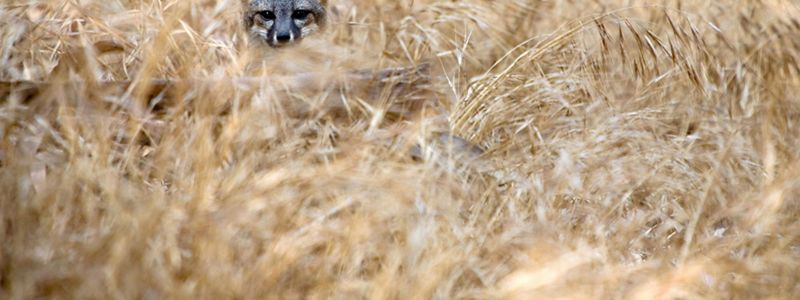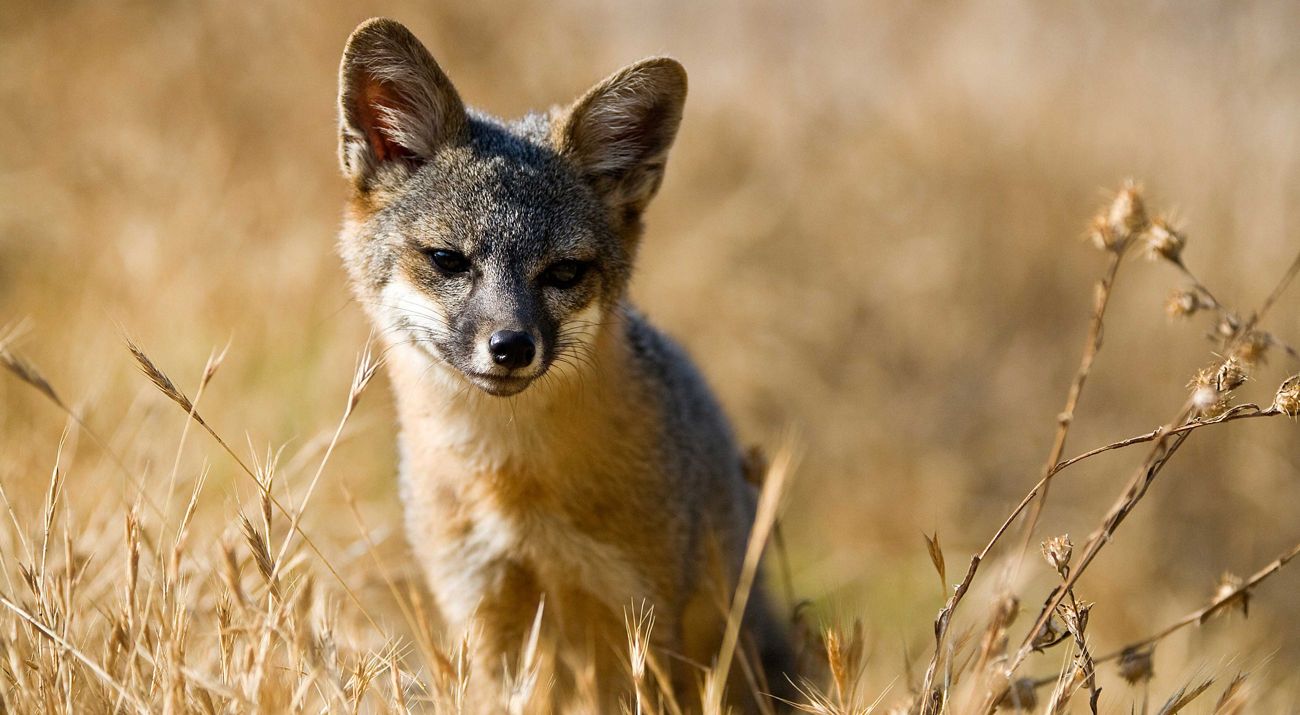Meet the Santa Cruz Island Fox
At just four pounds and the size of a small house cat, the Santa Cruz Island fox has historically been the island’s top predator for thousands of years. The first foxes are believed to have found their island home more than 18,000 years ago by floating from the mainland on storm-generated debris. Descendants from the larger mainland gray fox, the Santa Cruz Island fox has similar characteristics including grayish-white-and-black backs; dull-white underbellies; cinnamon-rust at the base of ears, sides of neck and limbs.
Their diet includes:
summer holly
cholla cactus
rose
sumac
nightshade
native deer mice
ground-nesting birds, and
occasionally grasshoppers and crickets
The Santa Cruz Island Island fox thrives in many types of habitat that exist on the island: valley and foothill grasslands, coastal dunes, coastal bluffs, coastal sage scrub, oak woodland and coastal marsh. They even climb trees to raid bird nests.
Foxes pair-bond for life—remaining monogamous until one of the partners dies. Mating takes place in January and February, with one to five pups produced during late March through early May. For many years, the life expectancy for these pups was long, but starting in the 1990’s the Santa Cruz Island fox began to face some major threats.
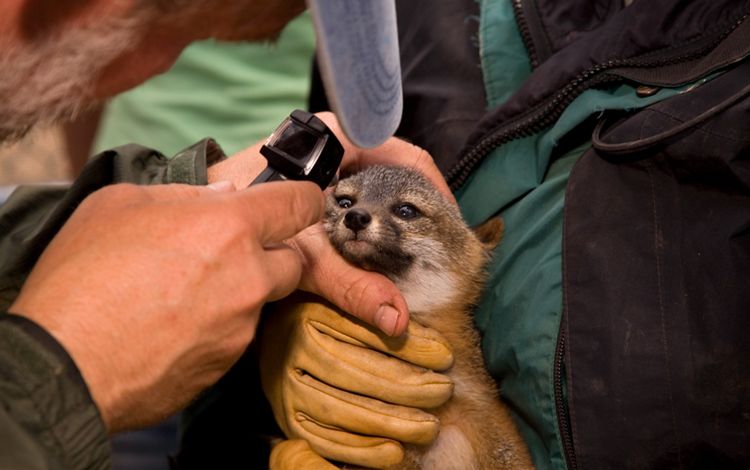
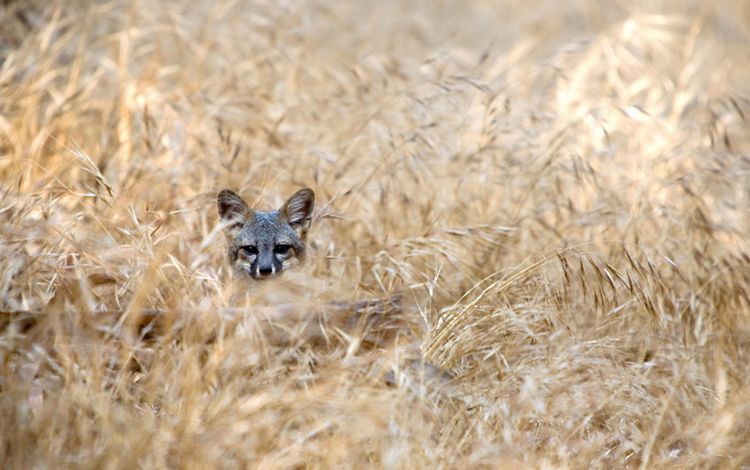
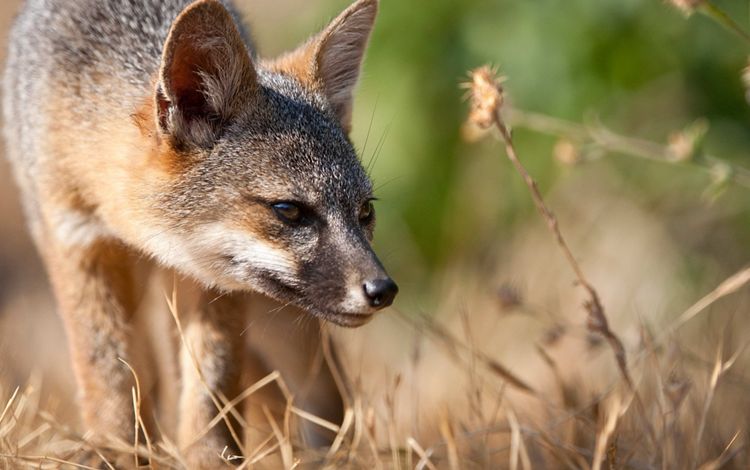
Protecting the Santa Cruz Island Fox
For thousands of years, the Santa Cruz Island fox roamed the island free from predators—until golden eagles from the mainland began nesting on the island in the 1990s. Attracted by the abundance of feral pigs on the island, the golden eagles also preyed on the island fox. Naïve to aerial predators, the foxes made easy targets, resulting in a rapid decline in population. The island fox population fell from 1,500 to fewer than 100 animals in less than a decade—a 95 percent reduction of the fox population.
In March 2004, the U.S. Fish and Wildlife Service listed the Santa Cruz Island fox as an endangered species. The Nature Conservancy—together with the National Park Service, U.S. Fish and Wildlife Service and the California Department of Fish and Game—engaged in an intensive, science-based recovery project to save the island fox. In less than a decade, the fox population has made an unprecedented recovery—heralding it as one of the fastest and most successful endangered species recovery programs in U.S. history.
Biologists identified mating pairs, then carefully captured and housed them in a captive breeding facility, designed to mimic their natural environment.
In six seasons, 85 pups were produced by the program and released to the wild.
Due to the successful recovery of fox populations in the wild, the captive breeding program was phased out in 2007.
The wild island fox population now stands at more than 1,300.
In addition, other key components of Santa Cruz Island’s complex restoration program were implemented to help restore the native community:
Relocating golden eagles to the mainland
Re-establishing native bald eagles to the island
Removing non-native feral sheep and pigs
Today, the island fox survival rate has increased to an astonishing 96 percent, and biologists continue to track and monitor foxes in the wild.
More Good News About Nature
Sign up for monthly emails and get more conservation wins in your inbox!
